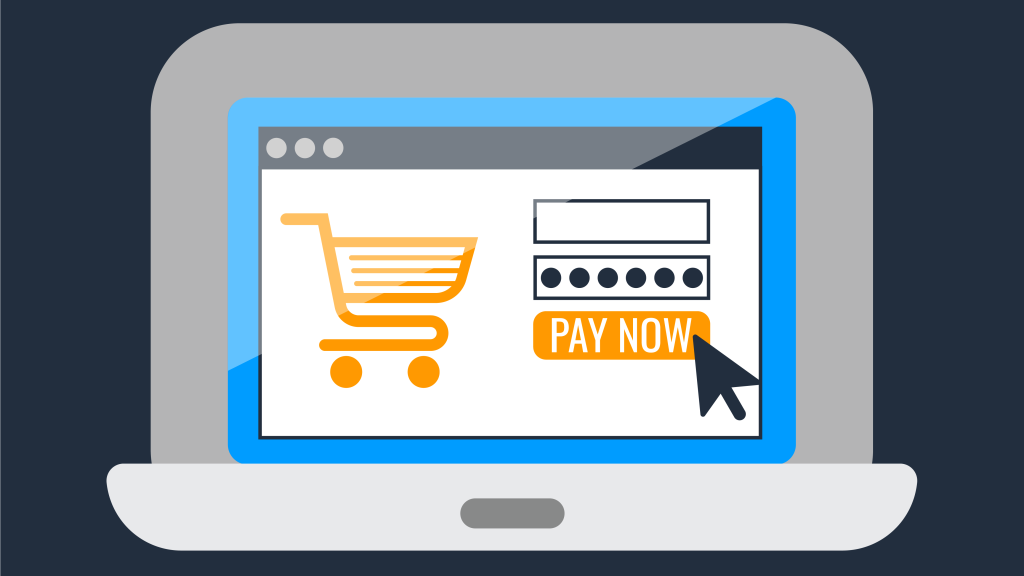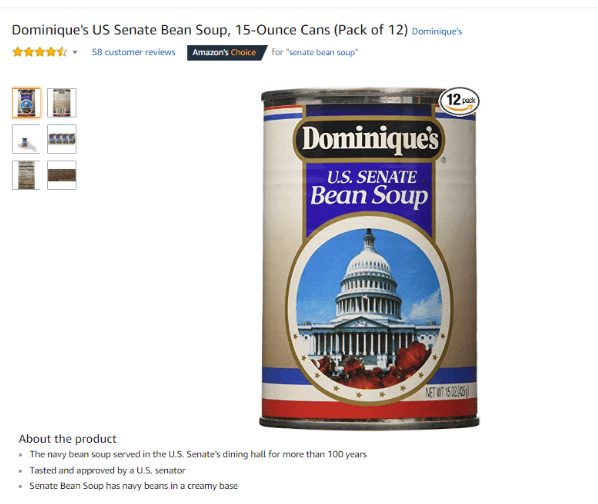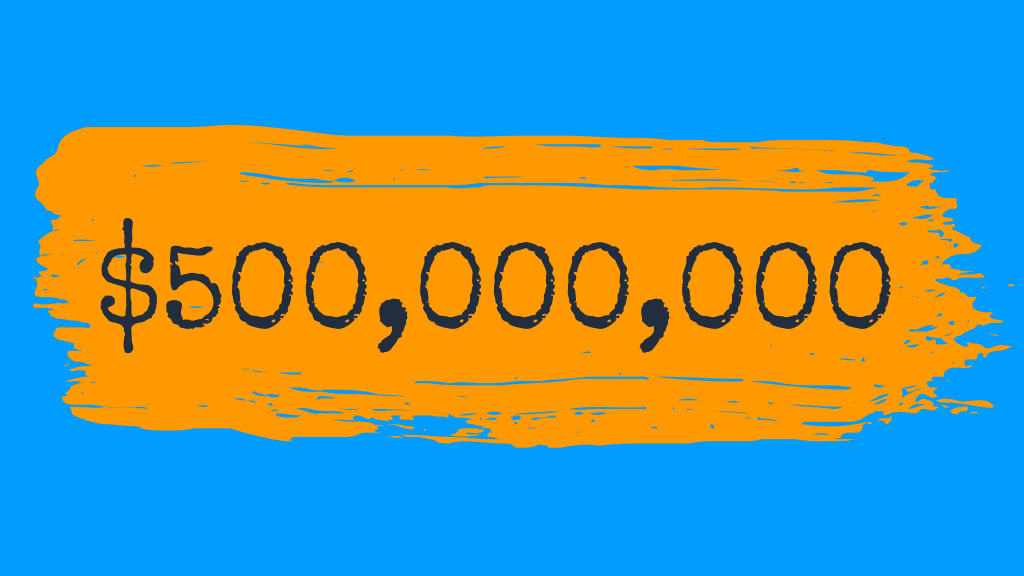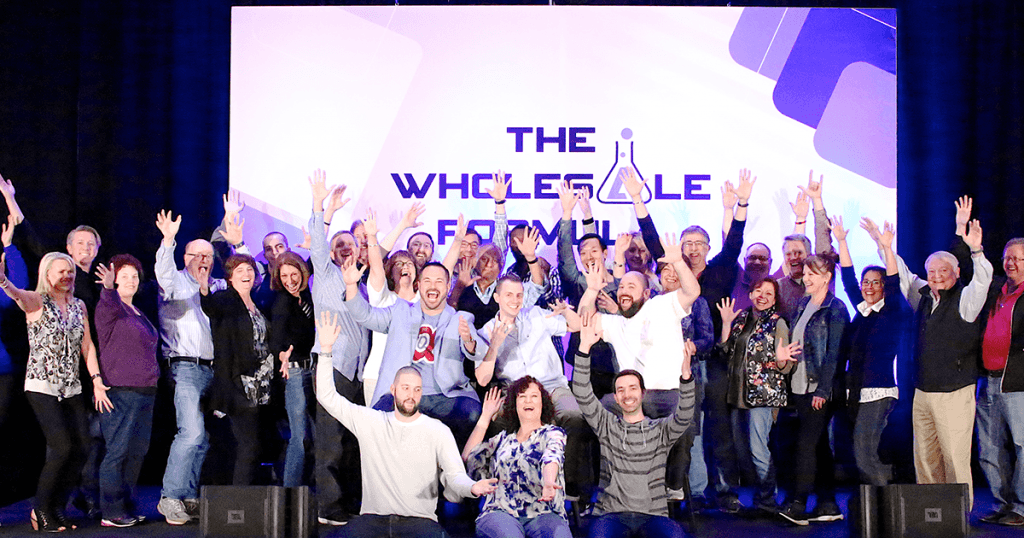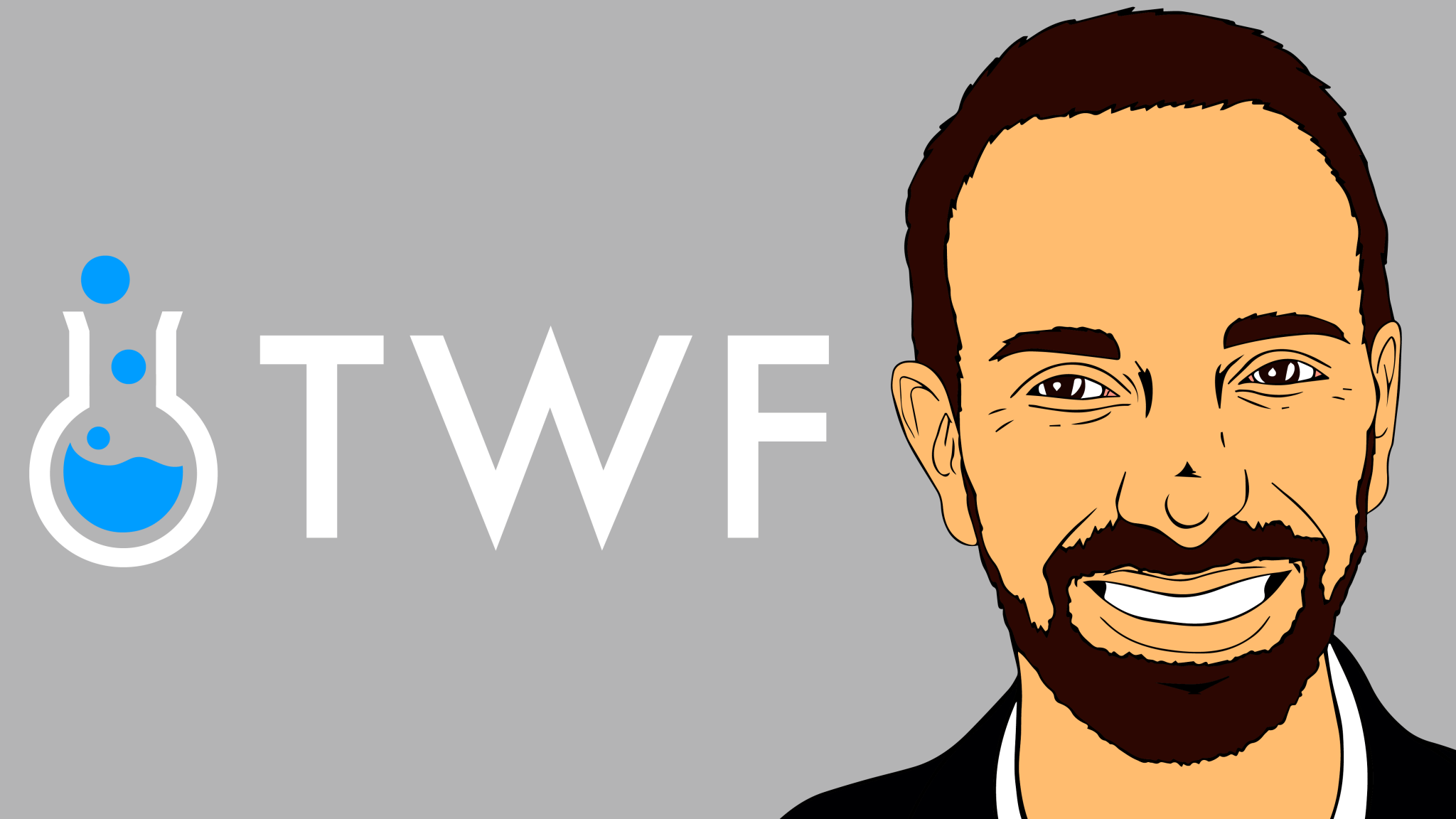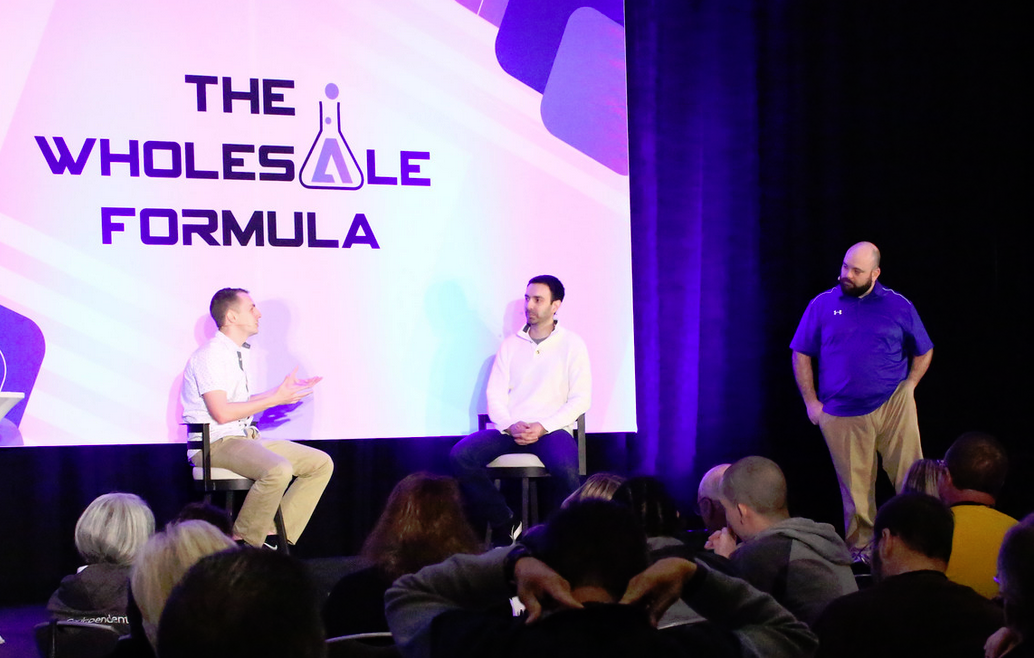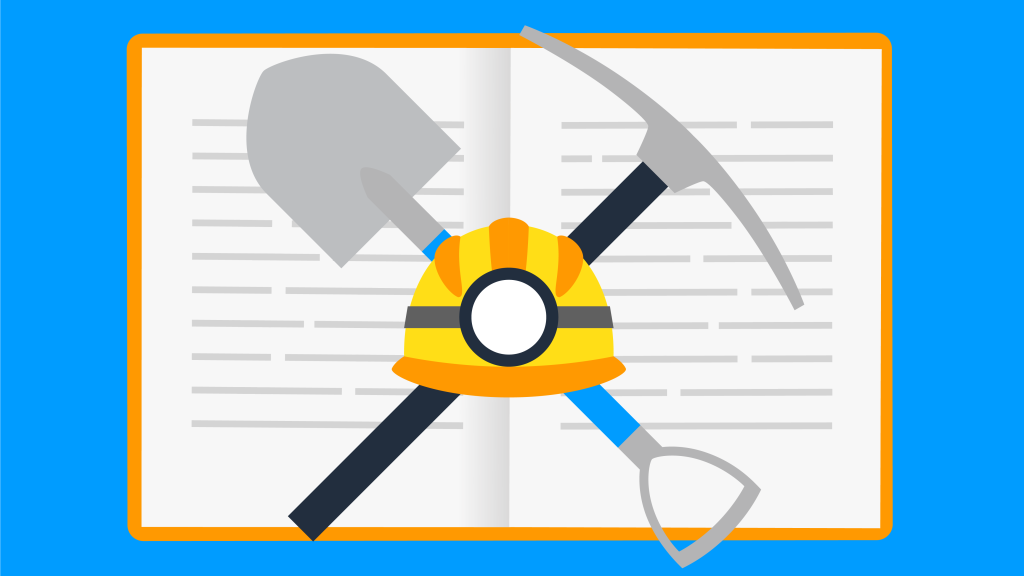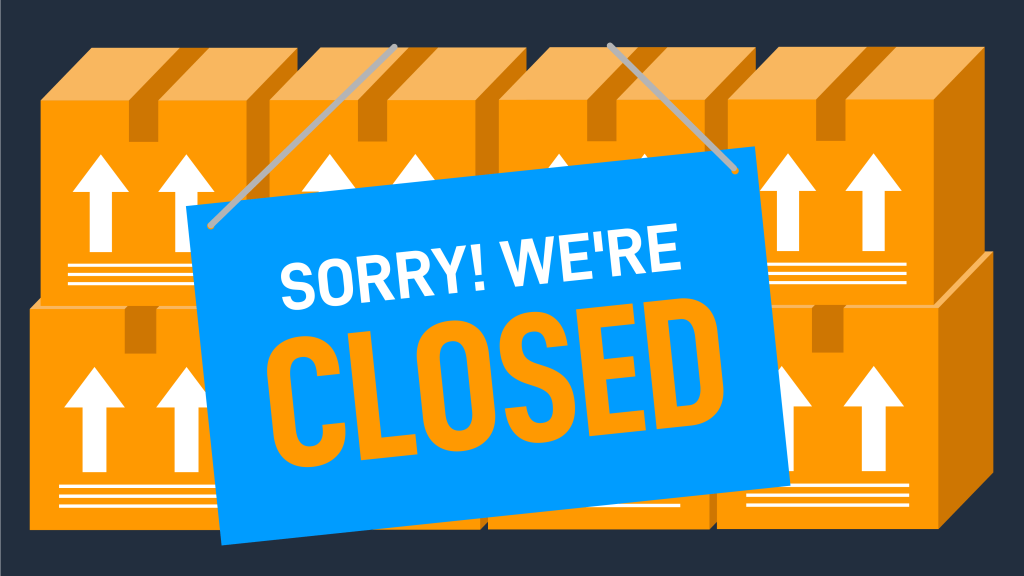
You read that right, after five years of operating our Amazon business in our own warehouse, we are closing the doors. We have finished our warehouse lease and moved ENTIRELY to a prep center!
So…we took our own advice…FINALLY
One question our TWF students often ask is “Why do you recommend using a prep center when you don’t use one yourself?”
And I always had to answer, “You’ve got a good point!”
When we first started selling on Amazon, we didn’t know prep centers existed. There is no doubt we would have utilized their services from the beginning, instead of having to manage employees and a warehouse. By the time we learned about prep centers, we were too invested in our own warehouse. Until now!
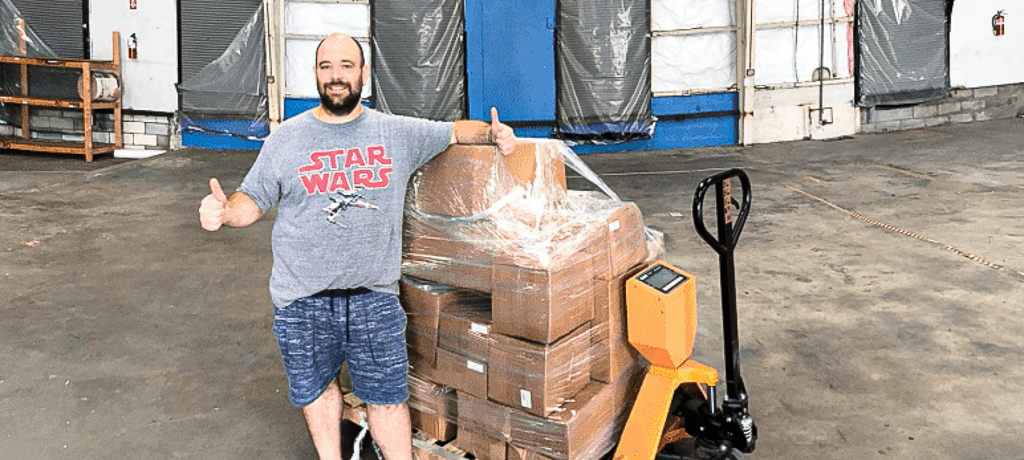
Dan prepping our FINAL shipment at the warehouse!
You read that right, after five years of operating our Amazon business in our own warehouse, we are closing the doors. We have finished our warehouse lease and moved ENTIRELY to a prep center!
So…we took our own advice…FINALLY
One question our TWF students often ask is “Why do you recommend using a prep center when you don’t use one yourself?”
And I always had to answer, “You’ve got a good point!”
When we first started selling on Amazon, we didn’t know prep centers existed. There is no doubt we would have utilized their services from the beginning, instead of having to manage employees and a warehouse. By the time we learned about prep centers, we were too invested in our own warehouse. Until now!
For those of you that don’t know what a prep center is, they are 3rd party companies that will receive, store, prep, and ship your products to Amazon FBA. This means you can sell thousands of products on Amazon without having to ever physically see or touch them. It’s great!
This change is going to save us a ton of money, time & energy. We no longer have to worry about hiring and training warehouse employees. We no longer need to keep regular business hours to receive and send shipments (my favorite perk), we no longer have to worry about staying up to date on prep procedures and processes. We basically just outsourced half our business.
There aren’t many business models out there that allow you to outsource half the business at basically 0 cost. Our Reverse Sourcing Wholesale Model happens to be one of them. And if you are wondering what I mean by 0 cost, you can pay to do it yourself, or pay a prep center to do it. We found that it’s actually cheaper and more efficient to have the prep center do it. So to us, it’s better than free because we outsourced half our business and it makes us MORE money.
I am also happy to say that we didn’t have to lay anyone off! We made an agreement with another local business who absorbed our warehouse staff at equal pay.
The emergence of prep centers over the last few years has made selling on Amazon easier than ever. By outsourcing the prep of your products to one of these facilities you are able to fully scale your Amazon business without the prerequisite of a processing team or warehouse facility. Today you are able to buy and sell tens of thousands of products without ever having to handle, prep, or pack a single product so, in that regard, prep centers have done to the Amazon wholesale business model what Fulfillment by Amazon did for 3rd-party marketplace sellers.
As you can tell, I am very pro prep center and encourage anyone thinking of scaling their Amazon business to, at the very least, research the possibility before diving straight into opening a warehouse. Beyond prep centers, it is not uncommon to have your vendor ship your products directly to FBA centers for you. Many vendors are versed in doing this already, but even ones who aren’t are generally receptive to the idea and learning how to do it for you, creating huge savings on shipping to your facility or prep center and any prep cost.
And you don’t have to just take my word for it. Check out this piece from The Wholesale Formula Alumni, Suzanne McDuffee. She travels all over the world operating her wholesale business:
“When I was learning the mechanics of FBA I did my own prep to learn. But as soon as I had experience packing and prepping in a variety of product categories, bundling and multi packing, etc., I outsourced 95% of my prep work to prep services. I’ve never looked back. I have used five different services to date, and I would say that pretty much all of them have been great to work with – some more than others. I would encourage anyone considering investing in running their own warehouse to try prep services before making that commitment. Not only do I value the freedom and flexibility it gives me, but they actually do a better job, and it is more cost-effective for my business.
Thanks to my prep service partners, my VA, Google Apps, and some other tools, I am 100 percent location independent. I can run my business from anywhere in the world as long as I have an internet connection. At first, I would travel domestically in the United States to make sure everything went smoothly. But I just put my business to the test internationally by traveling to Spain for 3 months. It went great with no major issues, and I plan on making more trips abroad regularly, which has always been a dream of mine. I’m pretty sure I would not have been able to pull this off if I had a warehouse to run. Next up I plan on visiting Cuba, Argentina, Singapore, and who knows where else. It has been by far the most fun, challenging, and satisfying year for me in a very long time. It’s a really exciting time to be in business – even just 5 years ago prep services were not so widely available to small businesses like mine. I still can hardly believe I can live this way – I love it!”
– Suzanne McDuffee

Suzanne McDuffee enjoying a trip through Europe while her Amazon business operates back in the states thanks to a prep center.
Outsourcing is designed to provide a solution that you are unable to do or, in the case of prep centers, are too valuable to do. Prep centers grant you freedom and time to focus on the highest level tasks of your business, eliminating constraints normally reserved for operations and infrastructure of in-house processing, thus serving as a catalyst for growth.
Ultimately, deciding which manner of processing and prep is best for your business should be evaluated and determined by you. Be sure to consider alternate solutions and methods you otherwise may not have for scaling your business to our level without making the substantial investment of capital and time we have. While time may not truly be able to be bought, by outsourcing prep, time spent on your business can be and if you are driven toward success, the price paid will be minuscule compared to the return gained.

